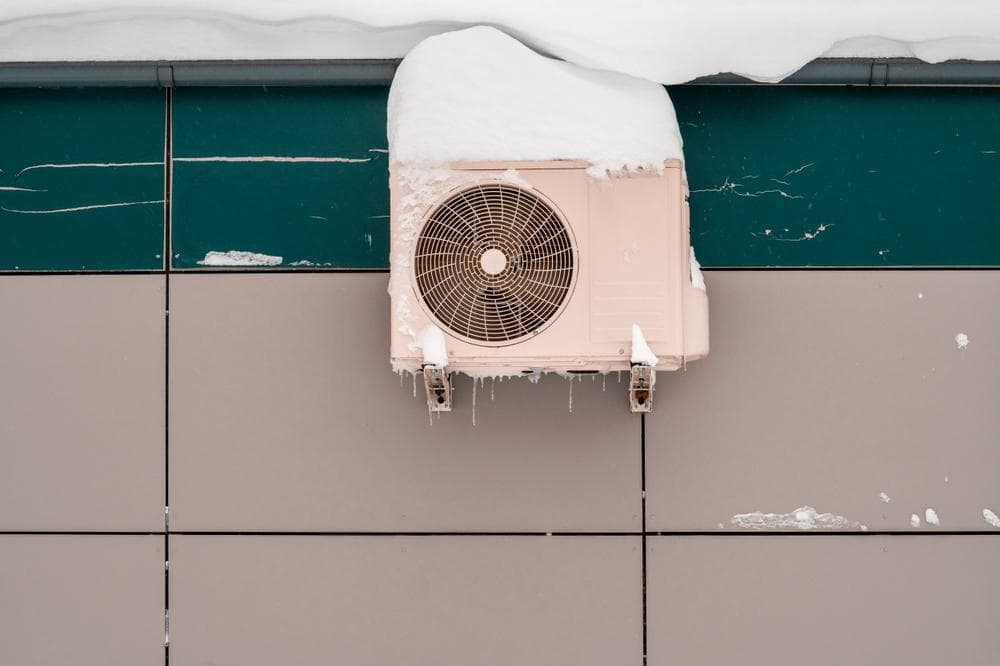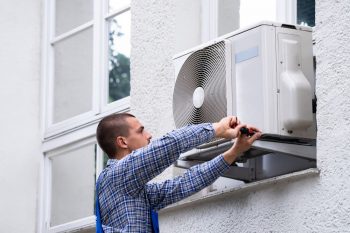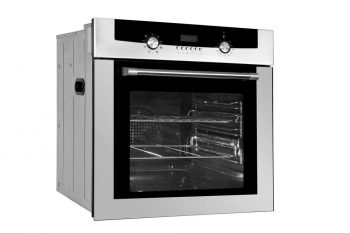
An air conditioning system plays a crucial role in ensuring comfort in our homes, particularly during the hot summer months. But have you ever wondered about the less obvious parts of this system, such as the AC drain? This unsung hero helps manage the excess moisture produced by your air conditioning system, keeping everything running smoothly and efficiently. In this article, we delve into the inner workings of the AC drain, its importance, and how to maintain it for optimal performance.
An AC drain, or condensate drain, works by collecting and removing the moisture that your air conditioning system generates during the cooling process. This moisture collects in a pan below the evaporator coils and is then removed through a drain line, usually a PVC pipe, that connects to your home’s wastewater system or drains to the outside of your home. Regular maintenance, such as cleaning and flushing the drain line, is necessary to prevent blockages and ensure the efficient operation of your air conditioning system.
Understanding the AC Drain
An AC drain, also known as a condensate drain, is a vital part of your air conditioning system. It’s responsible for removing the moisture that your AC generates during the cooling process. The condensate drain is a system consisting of a pan placed below the evaporator coils, which collect water droplets that form as the air passes over the cold coils. This water is then removed from the pan through a drain line, typically a PVC pipe, that either connects to your home’s wastewater system or drains to the outside of your home.
Why is the AC Drain Important?
The AC drain’s primary function is to prevent various problems that can arise from improper moisture removal. If the drain is not functioning effectively, it can lead to water damage in your home, damage to the AC unit, and create an environment conducive to mold, mildew, and other growths in the air conditioner and the home. A properly functioning condensate drain also helps maintain the efficiency of the air conditioning system by reducing strain on the unit and allowing it to run more smoothly.
Common Issues with AC Drains
Some common issues with condensate drains include algal growth, which can cause the pan to overflow, and blockages in the drain line. Regular maintenance, such as cleaning the drain line, can help prevent these issues and ensure the efficient operation of your air conditioning system.
Maintaining Your AC Drain
To maintain your AC drain and ensure its optimal performance, consider these steps:
- Locate the AC drain line: The drain line is usually a PVC pipe connected to the indoor air handling unit.
- Turn off the AC: Always switch off the power to your system before starting any maintenance work.
- Clean the drain line: Pour a ¼ cup of vinegar into the drain line to kill mold, algae, and other bacteria that can cause blockages. Repeat this process monthly.
- Flush the drain line: Do this every one to three months to prevent mold and algae growth and to keep the line clear.
- Replace filters regularly: This helps to maintain the air flow, allowing for efficient cooling and drainage.
- Ensure proper drain pipe angle: The pipe should be angled properly to allow for effective drainage.
- Inspect the drain line for clogs: Check for any visible blockages and remove them if necessary.
- Avoid using bleach or vinegar if it can damage your evaporator coil: If this is the case, consider using hot water, dish soap, or peroxide as alternatives.
- Schedule professional maintenance: Regular maintenance by an HVAC professional can help prevent clogs, blockages, and potential issues, allowing your system to operate effectively and efficiently.
Following these steps can help you maintain your AC drain line and ensure the optimal performance of your air conditioning system. Remember, regular maintenance is key to preventing costly damages and ensuring the longevity of your AC system.
Conclusion
Understanding how your AC drain works and its importance can help you maintain a functional and efficient air conditioning system. Regular maintenance and cleaning of the AC drain line are essential to prevent clogs and potential damage. If you’re unsure about performing these tasks yourself, always consult with a professional to ensure your system is in good hands. With proper care and attention, your AC drain will continue to function effectively, contributing to a cool and comfortable environment in your home.
Frequently Asked Questions
What does a clogged AC drain line look like?
A clogged AC drain line may not be visually noticeable at first. However, signs can include water pooling around the indoor unit, a musty smell, or the AC system shutting off unexpectedly. In severe cases, you may see water damage on ceilings or walls.
How often should I replace my AC filters?
The frequency of filter replacement depends on the type of filter you have and your household conditions. Generally, it’s recommended to replace 1-2 inch filters every one to three months, 4 inch filters every six to twelve months, and 5 inch filters every twelve months. If you have pets or someone in your home has allergies, you may need to replace them more frequently.
Can I use bleach to clean my AC drain line?
While bleach can effectively kill mold and algae, it can potentially damage your evaporator coil or other parts of your AC system. It’s recommended to use vinegar or other less corrosive solutions for routine maintenance, and consult a professional for any deep cleaning requirements.
What should I do if my AC is still not draining properly after maintenance?
If your AC drain line is still not functioning properly after maintenance, it’s recommended to contact a professional HVAC technician. They can inspect your system, identify any issues, and perform necessary repairs to ensure your AC is running efficiently.
What is the ideal angle for the AC drain pipe?
The ideal angle for the AC drain pipe is a slight downward slope away from the unit. This allows the condensate water to drain effectively by gravity.












